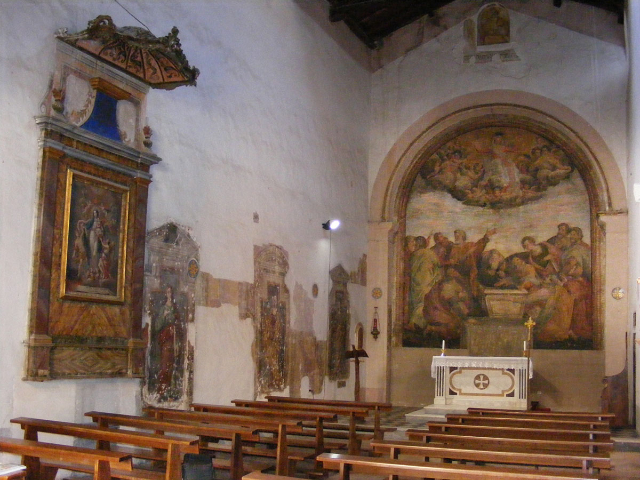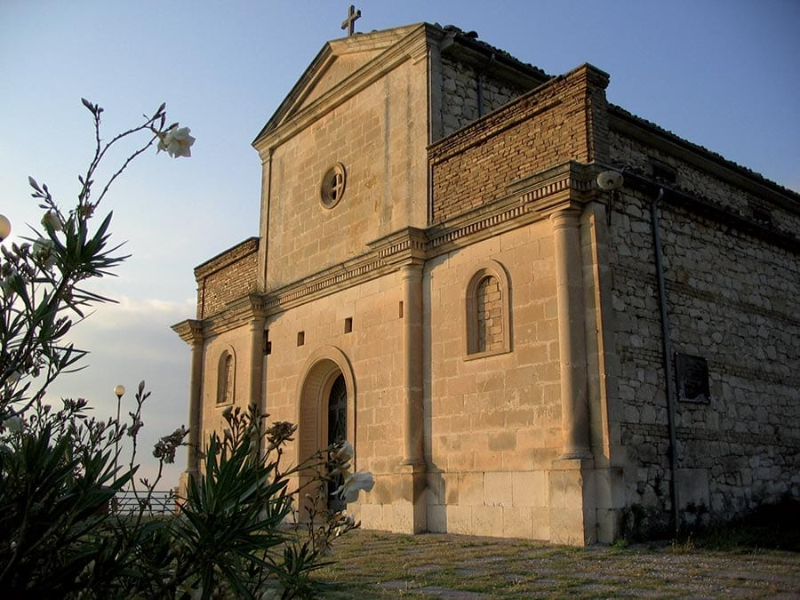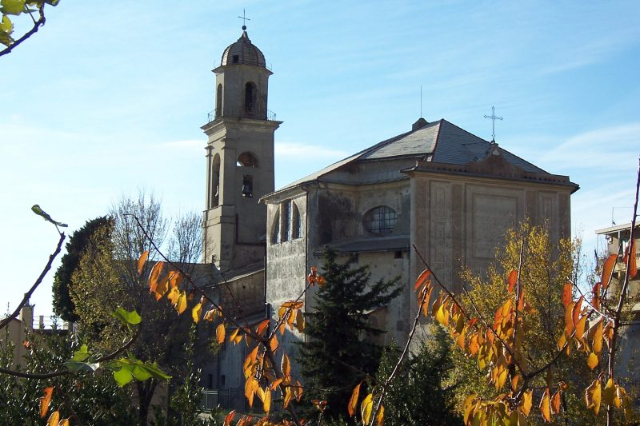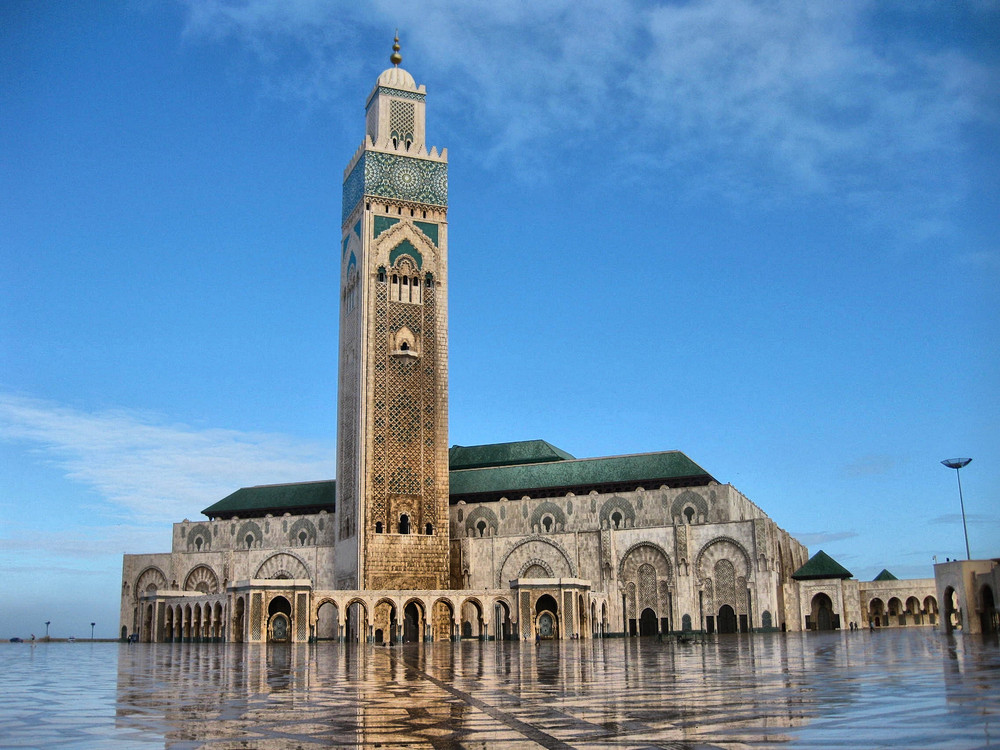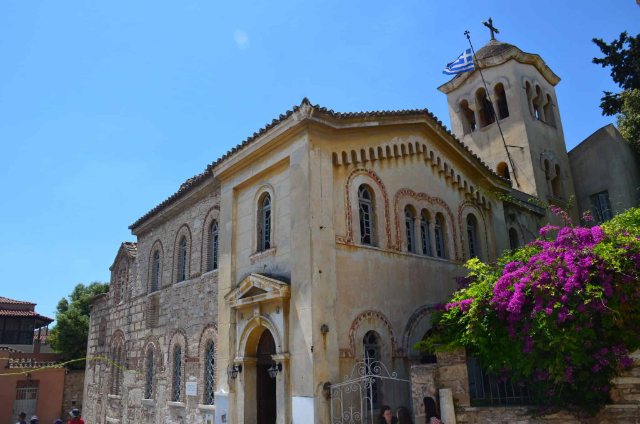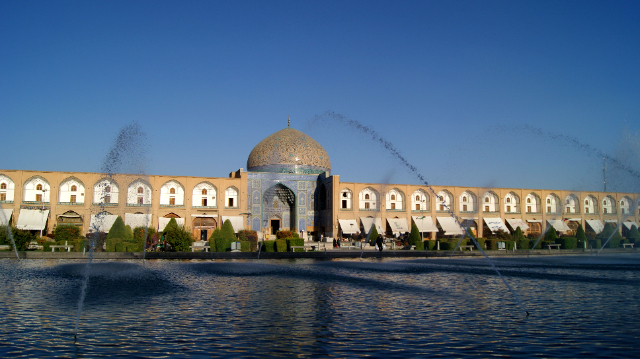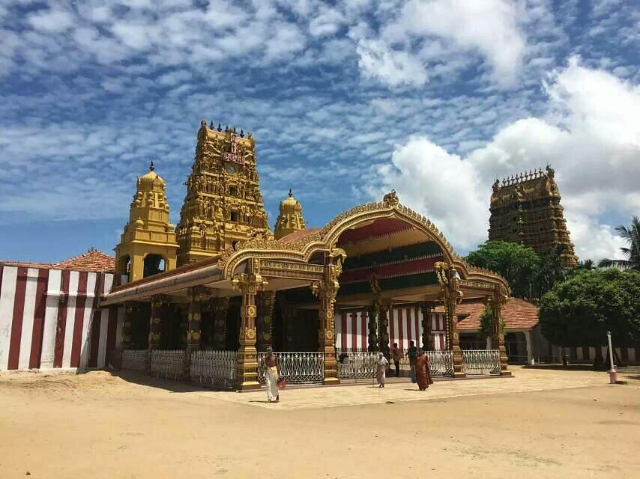The church, attached to the Benedictine monastery founded in 1580, dates from the 11th-12th centuries. The facade, which remained standing after the 1350 earthquake, shows the features of Romanesque architecture, with the crowning blind arches and the severe portal surmounted by ornaments of the Benedictine school.
The counterfaçade features a fresco from 1674: "Crucifixion with a view of Veroli." Inside, one wall of the church was frescoed in the 18th century. The back wall, however, was painted by painter F. Frezza (17th cent.). Beneath the chancel of the church is "the Oratory of St. Onofrio": a construction older than the church itself leaning against the city’s perimeter wall, it consists of two bays with six pillars, four corner and two central ones. It is interesting to note the bold architectural form of the Oratory, with arches, ribs and cross vaults, which later served as a model for other grandiose and better-known Gothic buildings such as the Abbey of Casamari.
